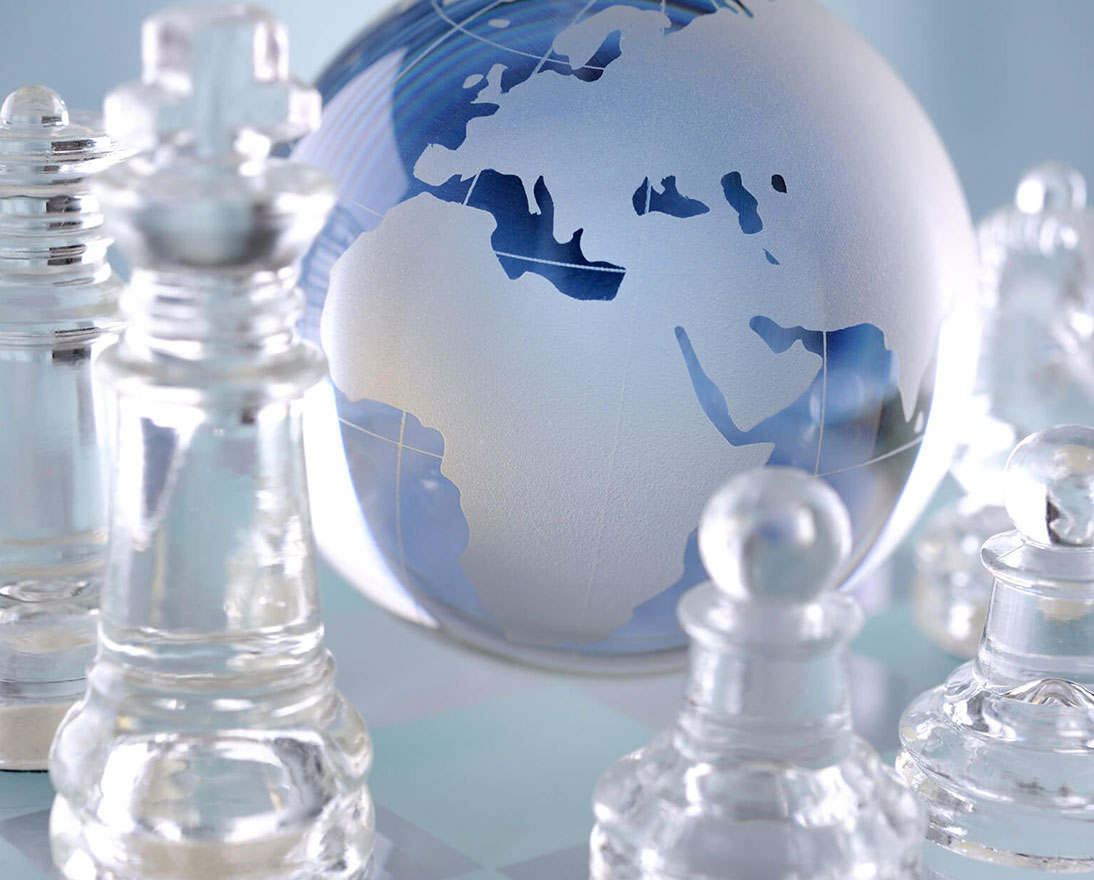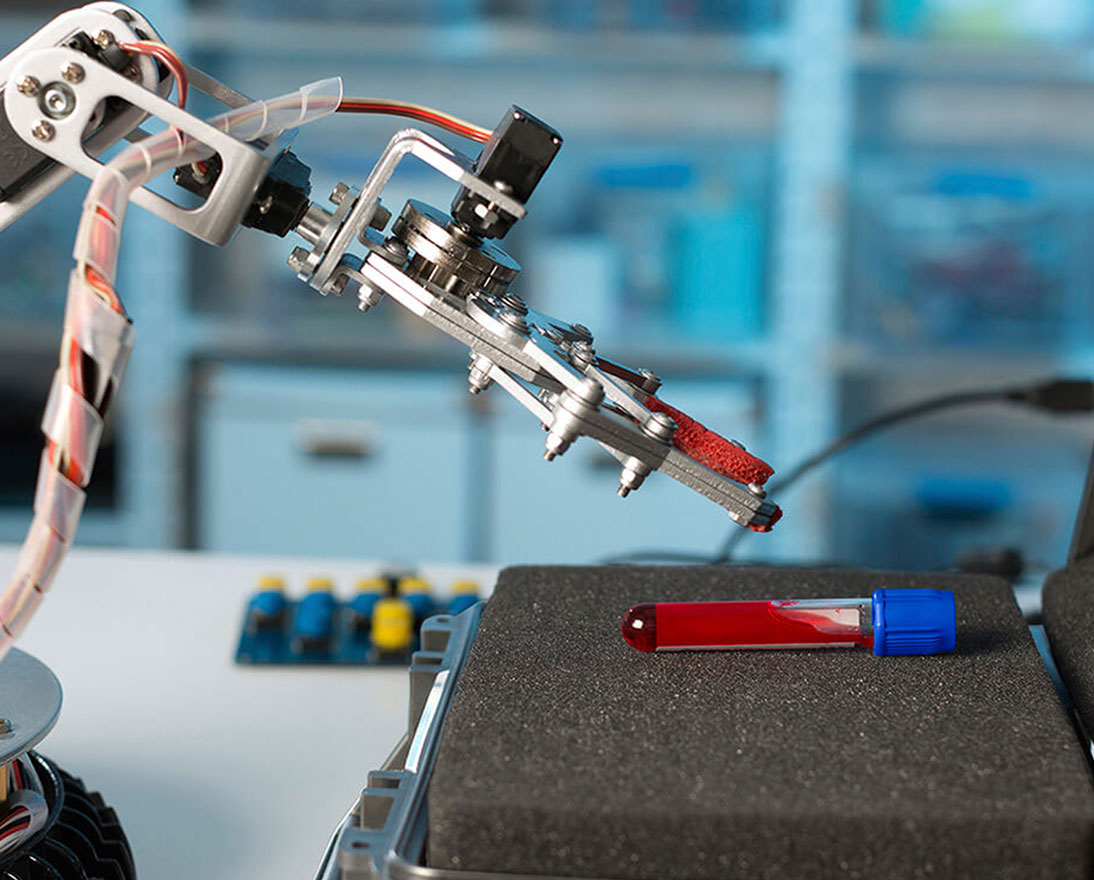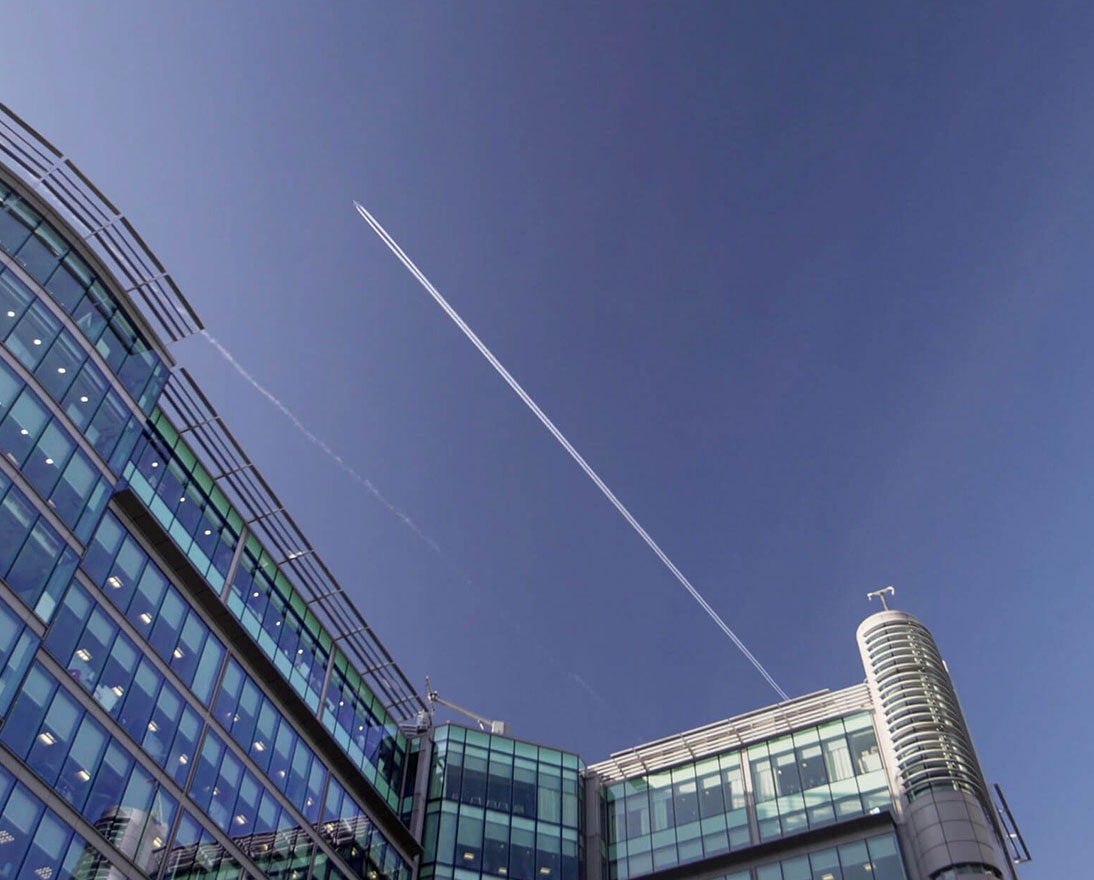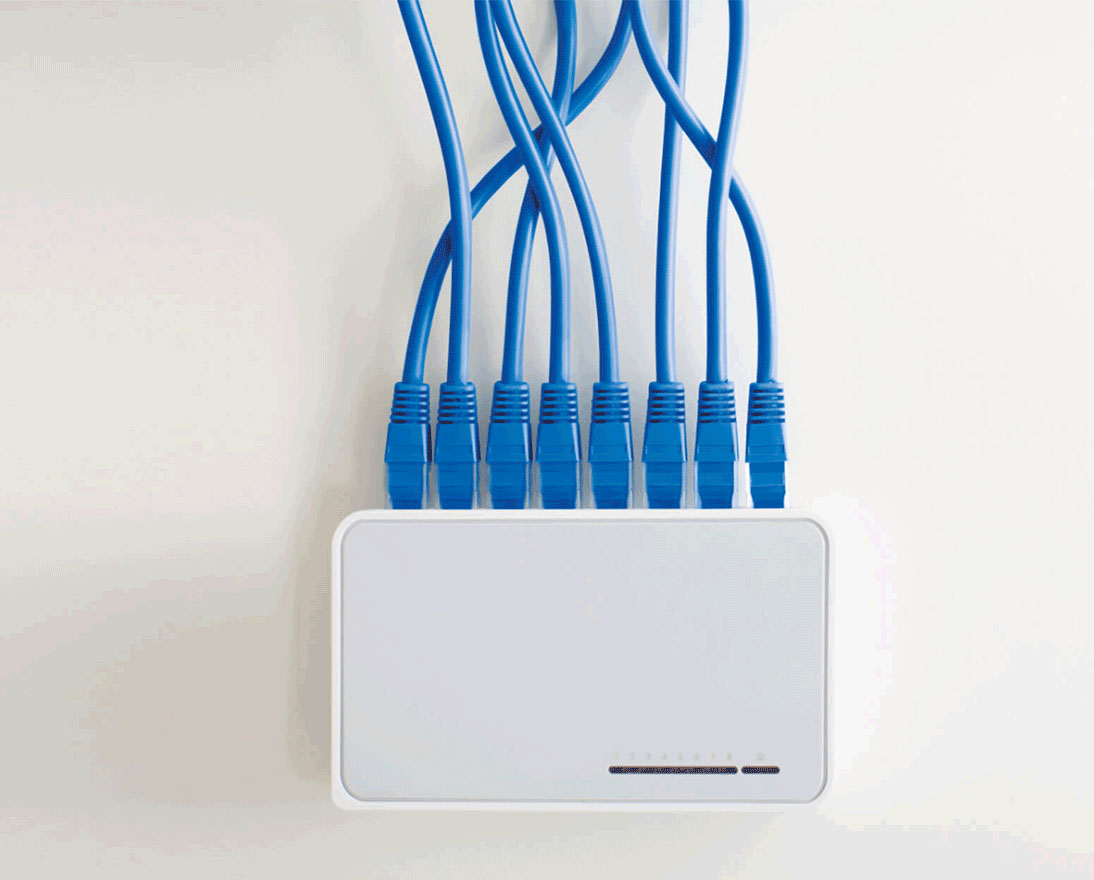
The Internet of Things is changing the way we view the world
Networks and sensors are bringing the digital, physical and biological worlds together, creating new opportunities but also new risks.
The proliferation of connected devices, new sensor technologies and networks are making it possible to gather and analyze vast quantities of data, generating new insights that have the potential to transform businesses and societies. These new technologies also raise significant concerns over data privacy and increasing connectivity pose systemic risks that need to be mitigated if the full opportunity is to be realized.
In the mid-1980s, thirsty programmers at the Carnegie Mellon University faced a pressing challenge: they would frequently walk from their office to get a drink from the computer science department’s soda machine only to find it was empty. Their solution was to install sensors into the machine and connect it to a network to notify them when the soda machine needed to be filled, turning it into what is probably the world’s first digitally connected device.
Today, IHS Markit estimates that the total number globally of such connected devices including computers, smart phones and tablets will rise from over 27 billion this year to more than 125 billion by 2030. The current year figures includes 4.3 billion commercial and industrial devices, 337 million medical devices, 789 million connected vehicles, 1.7 billion computers, 5.2 billion consumer devices and 14.6 billion communications devices. Collectively, these devices are known as the Internet of Things (IoT).
Collectively, these machines generate vast quantities of information. In a white paper published by the IDC in April 2017, David Reinsel John Gantz John Rydning project that the total volume of digital data will rise from around 16.1 zettabytes (trillion gigabytes) in 2016, already more than all data produced in human history prior to 2013, to 163 zettabytes by 2025. More than a quarter of this information will be real-time data, of which over 95 percent will be generated by the IoT. Over this period, the number of interactions each human on the planet has with a digital device each day will rise from around 218 per capita in 2015 to 4,785 in 2025.
Information and insights
This machine data is already having a profound impact on the way we live, changing manufacturing processes, facilitating tailored marketing, providing insurers and other financial institutions with detailed risk insights, and giving people the tools to monitor everything from their vehicles to their health, homes and family.
One area in which this is becoming increasingly apparent is in urban development. “Our cities are being covered, layered, with many different types of sensors, networks, and so on, and because of that they are following the same path as other IoT developments, which is really about the convergence of the digital, physical and biological worlds,” Professor Carlo Ratti, Director at MIT Senseable City Lab, told delegates at Zurich Insurance Group’s Global Risk Management Summit in Edinburgh in September 2017. “This is changing the way we interface with cities.”
As an example, Professor Ratti and his team have used location data on photographs posted on Instagram to monitor droughts and the movement of tourists around popular destinations, SMS data to monitor crowd movement across large cities, ATM activities to develop insights into consumer spending habits, and in-building sensors to optimize the use of office space. They have also applied the data they’ve gathered and the tools used to interpret it to, for example, develop models to optimize traffic flow and measure the advantages of car-pooling. The team has theorized that sensors within sewage systems could potentially be used to monitor for the spread of disease or drugs.
Companies like ABB, meanwhile, are developing in-building control and monitoring systems that “provides detailed information about activity within buildings to effectively support energy-saving, facility management, occupant comfort and safety, as well as business intelligence, by using machine learning algorithms to use visual signals for detailed analytics.”
For insurers like Zurich, IoT offers the potential to provide pricing adjusted to the risk behavior of drivers, businesses and homeowners, as well as support such as road-side assistance or building monitoring services and more granular risk insights.
The dark side of connectivity
Indeed, the potential for all this data seems almost endless. And yet, there are also significant risks.
The Global Risks Report 2017, published by the World Economic Forum in collaboration with Zurich Insurance Group and other stakeholders, ranked rising cyber depending among the top five trends determining global developments. The report also ranked massive incidents of data fraud or theft among its top five global risks in terms of likelihood, with large-scale cyber-attacks ranked sixth.
Those finding were reconfirmed this year in the World Economic Forum’s proprietary Executive Opinion Survey (EOS) of 12,411 executives across 136 countries conducted between February and June 2017, which ranked cyber-attacks among the top 10 challenges to global business. Companies in North America, East Asia and the Pacific ranked cyber as the greatest potential risk to their operations in 2017.
A 2017 survey of 4,000 people across the U.S. and UK found that 69 percent consumers are concerned about security and privacy IoT devices, and 68 percent don’t trust brands to handle their personal information appropriately.
Those concerns are well justified. In October 2016, several high profile websites were temporarily inaccessible because of a massive denial of service attack that has been linked to so-called Mirai malware installed on up to 50,000 poorly secured IoT devices. The U.S. government responded in 2017, with the proposed Internet of Things Cybersecurity Improvement Act of 2017, which proposes the introduction of “minimal cybersecurity operational standards” for IoT devices purchased by federal agencies.
Uncertainty mitigates progress
These concerns over security may explain that, despite the hype and clear potential of the technology, investment in IoT remains at a very early stage. A recently published survey of more than 1,400 vendors and other organizations on behalf of Dresdner Advisory Services found that just 15 percent of respondents believed that IoT was critical or very important to their business, though more than half saw it as “somewhat” important.
It would appear that more needs to be done to address security and privacy concerns before businesses and consumers will be willing to embrace the IoT and unlock its full potential.
For governments, that means forging closer partnerships with their international counterparts and with industry bodies to set consistent and credible standards that provide security without limiting the value to be generated by these technologies.
Businesses, meanwhile, need to be able to take a forward view to incorporate these possibilities in the design of structures. That calls for closer cooperation between original equipment manufacturers to set consistent industry standards for safety and security. Companies using customer data need to address privacy concerns by ensuring and verifying data anonymity and providing transparency into their procedures for data collection and use.
All businesses, meanwhile, need to ensure that they follow the minimum guidelines for cyber resilience, such as those published by the World Economic Forum with the support of Zurich Insurance Group.





